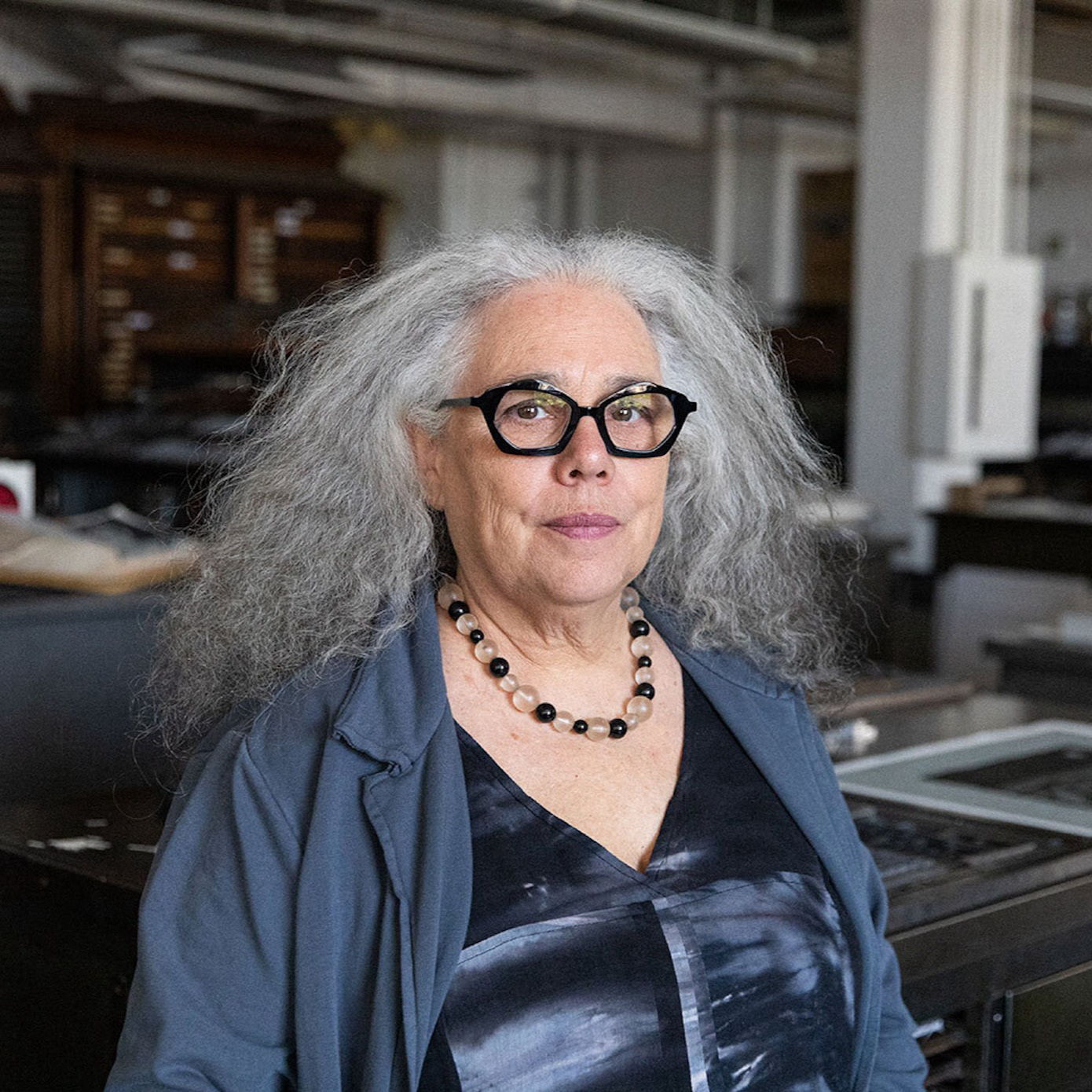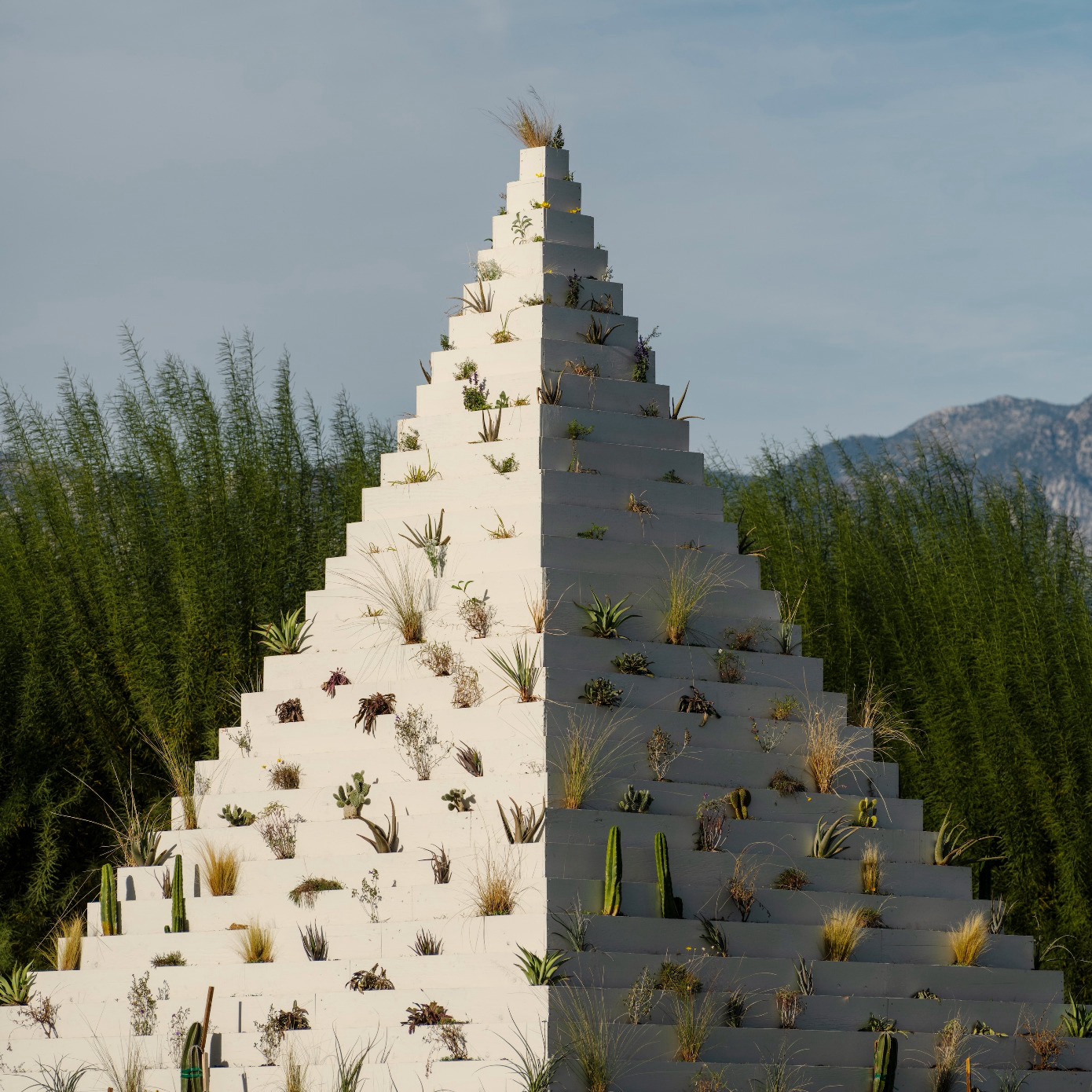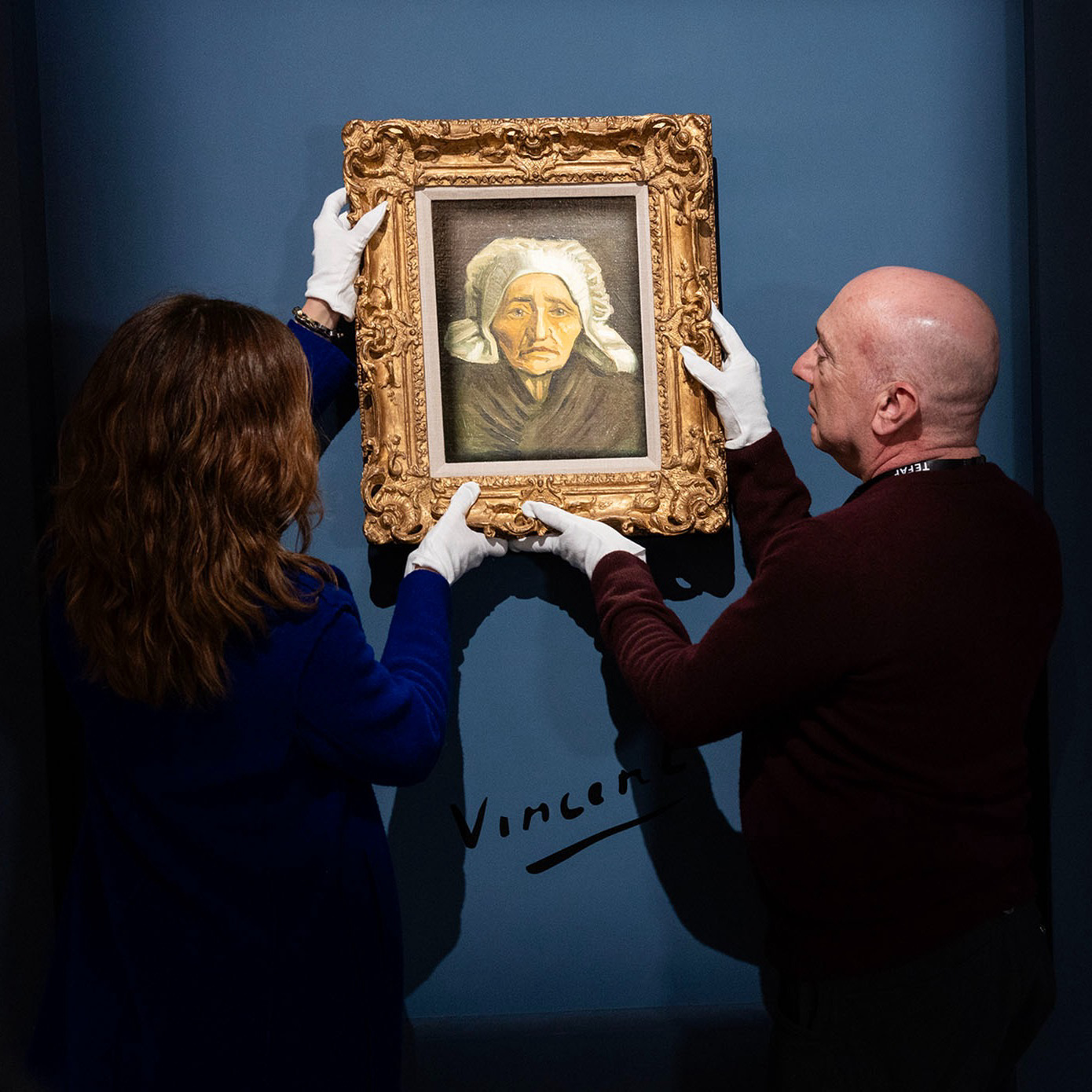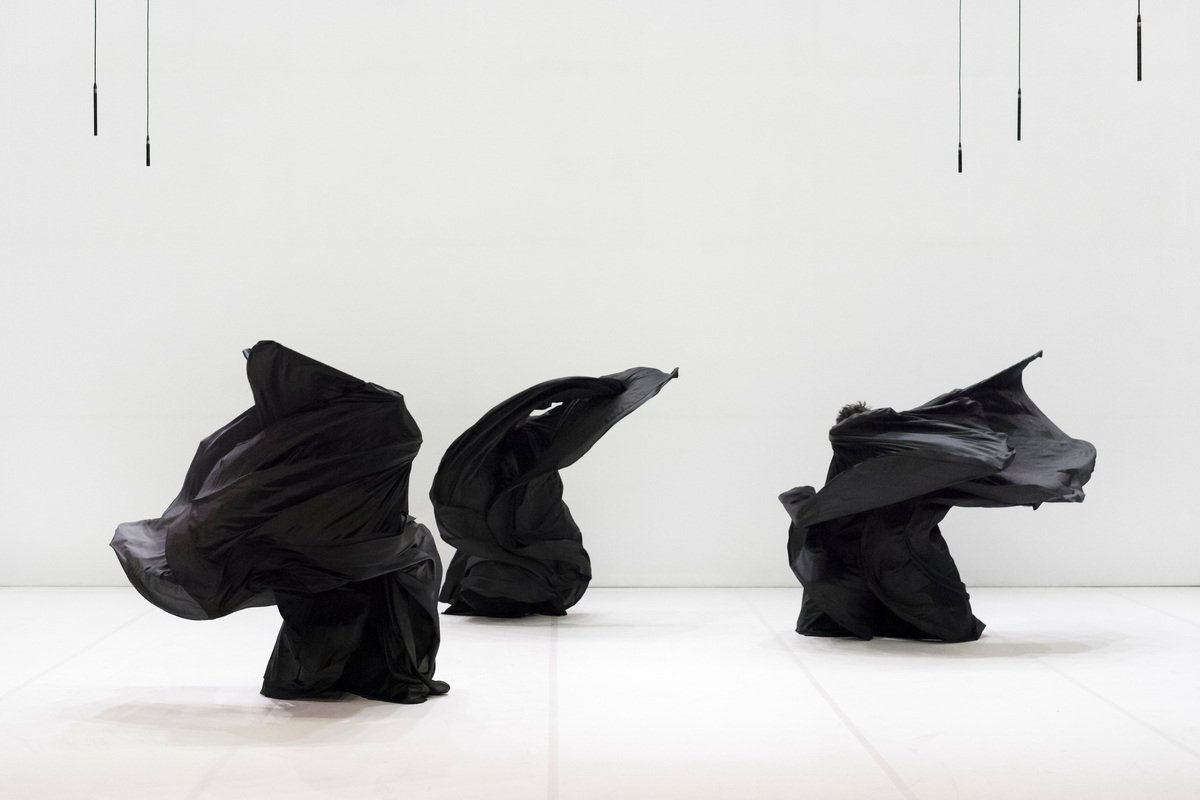
Dance seasons in New York have felt a tad thin in recent years, the result of a pandemic and a longer-term belt-tightening that has led to the disappearance of series like the Lincoln Center Festival and the White Light Festival, and a reduction in the dance programming at the Brooklyn Academy of Music. Visits by European companies, once frequent, have been one major casualty. (Touring is expensive!)
This fall, the inaugural New York edition of the Dance Reflections by Van Cleef & Arpels festival began to turn this tide. The performance series, which has held previous iterations in Hong Kong and London, was sponsored and organized by the French house, one of whose founders, Louis Arpels, was a dance devotee. The jewelers began producing “Ballerina” pins, encrusted with fine gems, in the 1940s. The link to dance also passes through the New York City Ballet—George Balanchine had the idea to create his 1967 ballet, Jewels, after an encounter with the Van Cleef & Arpels collection in New York.
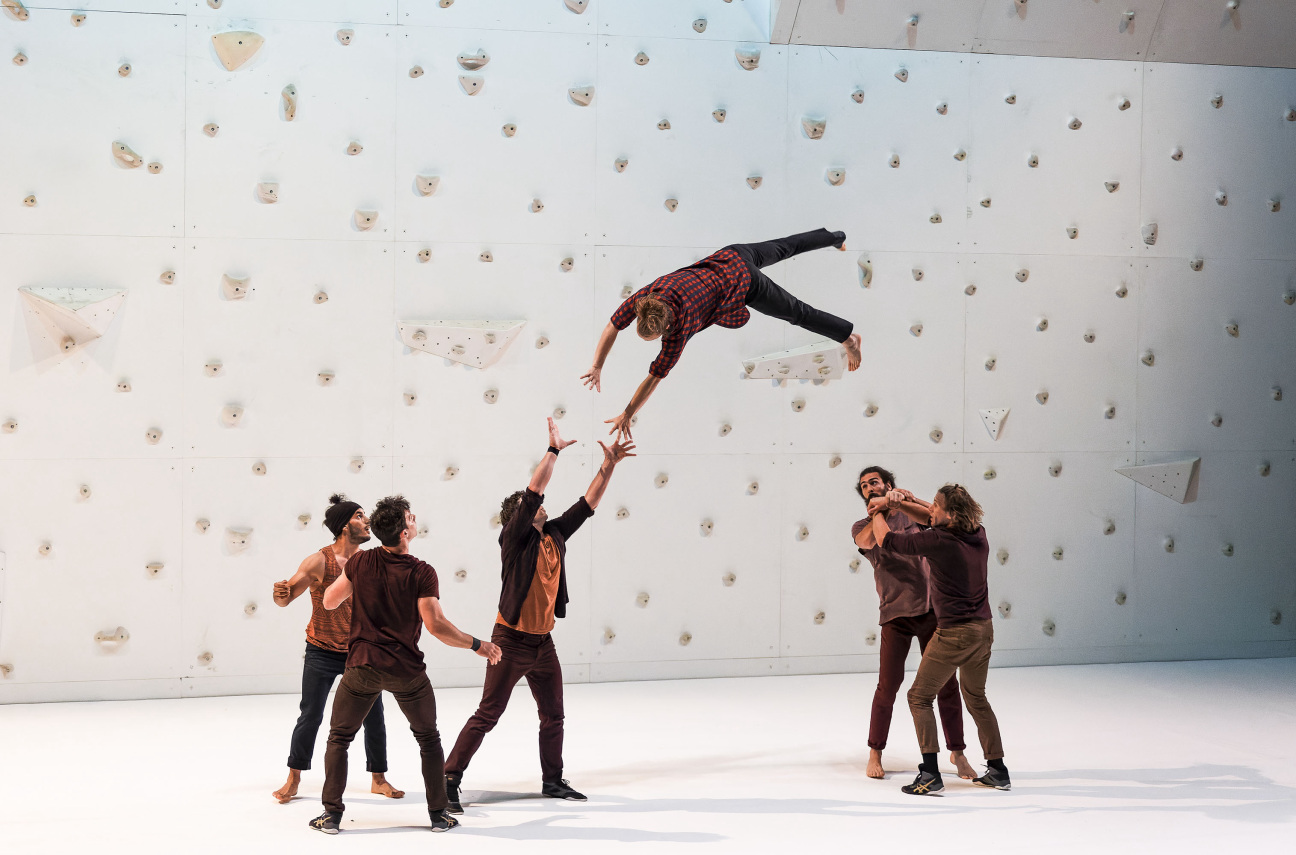
For this year's festival, Van Cleef & Arpels partnered with organizations all over the city—from BAM in Brooklyn to the Park Avenue Armory and The Joyce Theater in Chelsea—to present works by a slew of contemporary European, African, and American artists.
Many, though not all, of these dances were new to American audiences, like Rachid Ouramdane’s lyrical exploration of the meditative aspects of rock climbing, Corps Extrêmes. A few pieces, like Bombyx Mori, by Ola Maciejewska, looked back to dance history. The Polish-born choreographer’s piece made reference to the experiments of early 20th-century illusionist dancer and choreographer Loïe Fuller, who used fabric and light to create magical landscapes that transformed the human body into a luminescent, ever-evolving canvas.
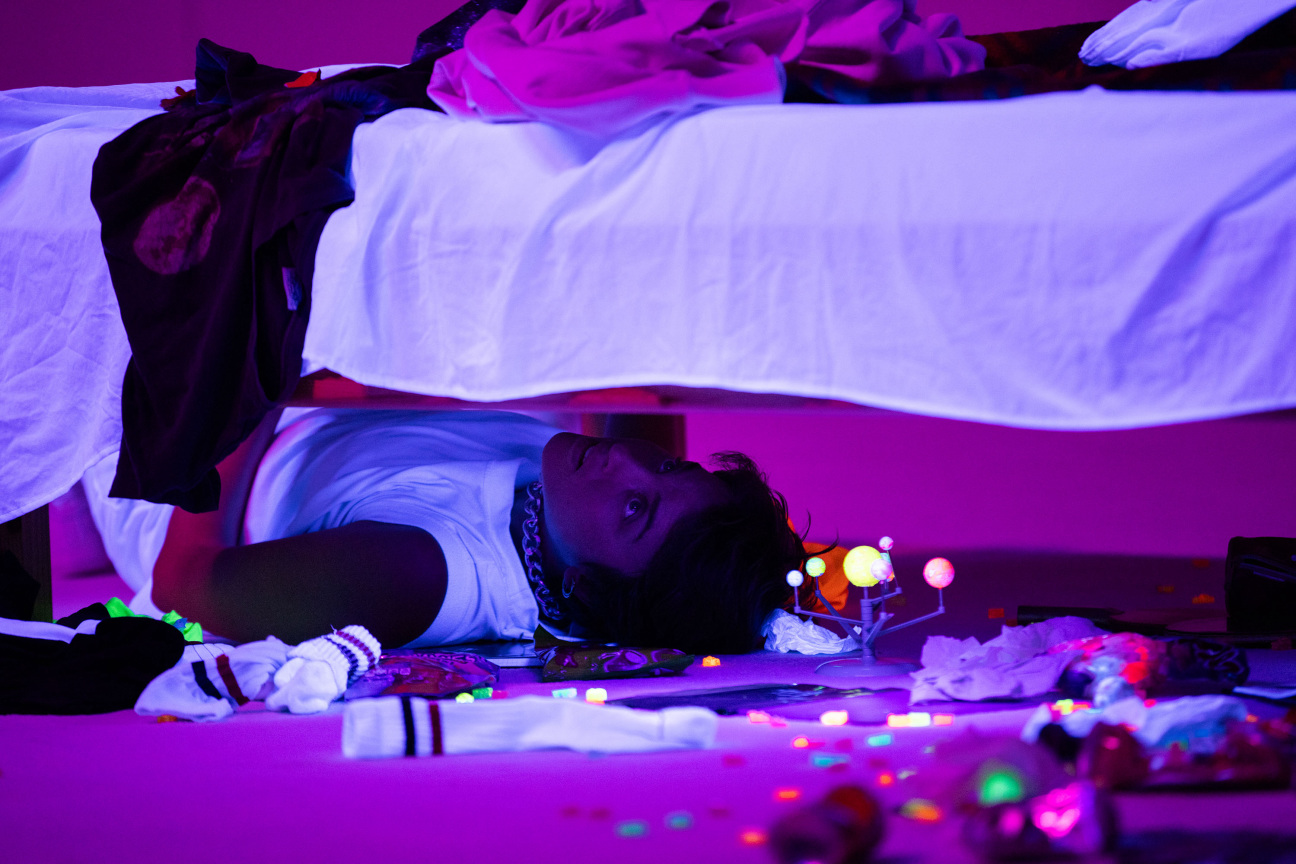
Other works, like Lucinda Childs’s 1979 minimalist manifesto, Dance, in which dancers repeat mesmerizing patterns to an epic, ever-looping musical backdrop by Philip Glass, were already inscribed in the annals of dance history.
Another historical juggernaut offered by the festival was Pina Bausch’s 1975 Rite of Spring, set to Stravinsky’s thundering 1913 score. The production, which has been on tour since 2021, was thrillingly performed in the gargantuan Park Avenue Armory by a company made up of 34 dancers from 14 different African countries. The group gathered to rehearse Bausch’s choreography at the Senegal-based dance center L’École des Sables, whose studios have no walls, before the pandemic.
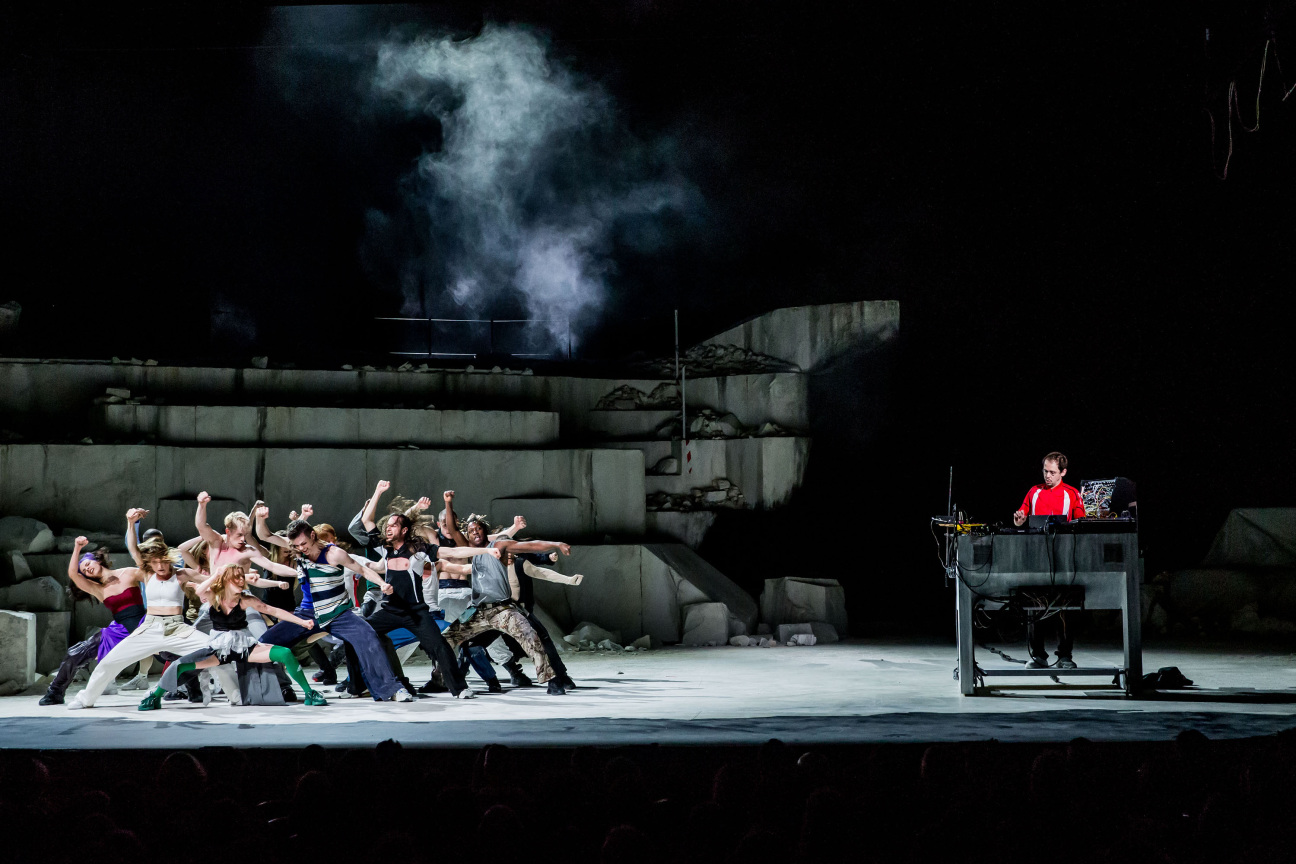
The music of Philip Glass, a composer who has had a profound influence on contemporary dance, was also featured in the program “Dancing With Glass,” at The Joyce, the seed of which was planted last year at the Kaatsbaan festival, in Tivoli, New York. Five choreographers, from Lucinda Childs to New York City Ballet’s Justin Peck offered short dance meditations inspired by Glass’s piano études. Leonardo Sandoval—a poet in tap shoes—produced an especially lovely, swinging dance to Glass’s Étude #13. Childs’s piece, for two dancers, was characteristically cool and authoritative.
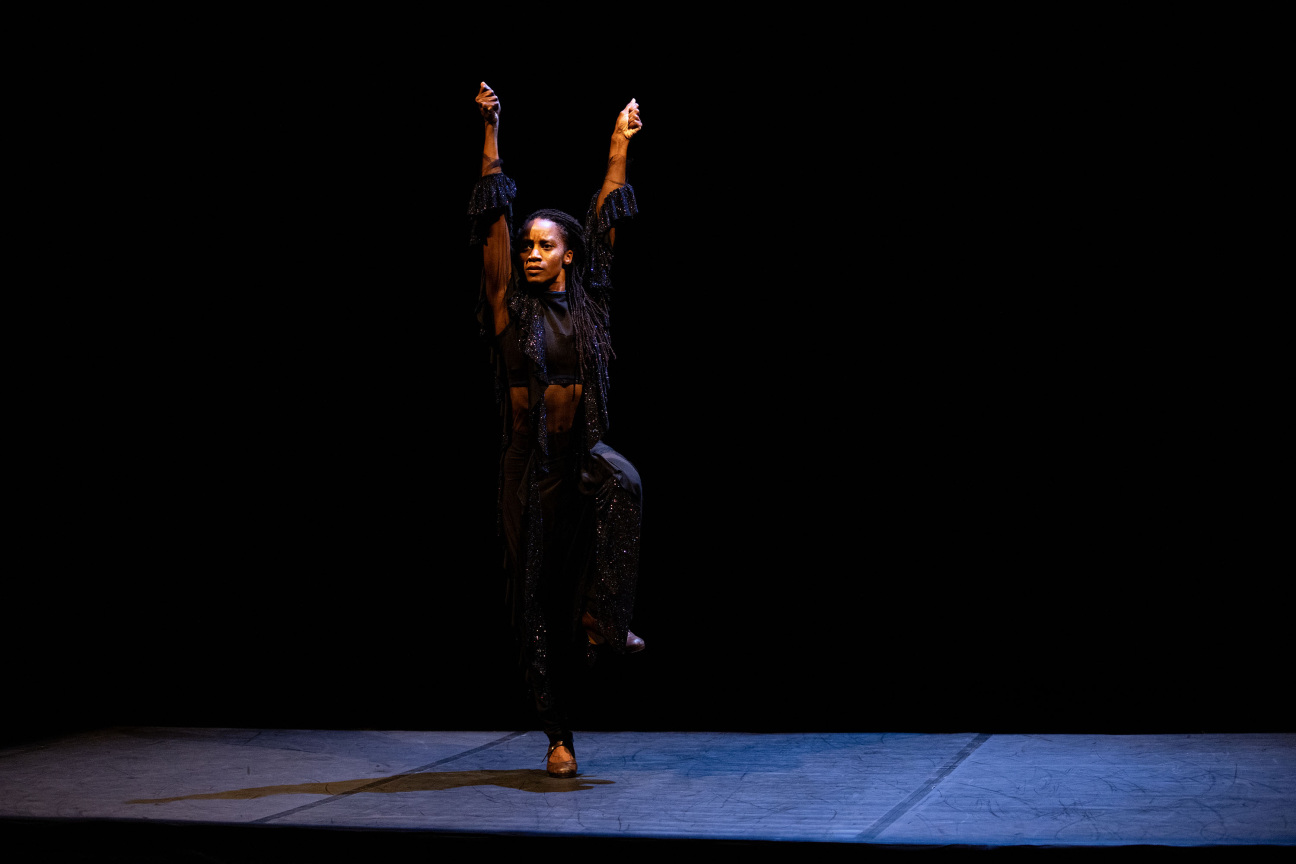
Other choreographers and ensembles whose work was performed at the festival included the French experimentalist Gisèle Vienne; the dance collective (La)Horde, who now runs the Ballet National de Marseille; and Dorothée Munyaneza, whose work, Mailles, reflects on the after-effects of violence, a subject with which she is well acquainted, having escaped Rwanda just after the 1994 genocide against the Tutsi population.
As with any festival, there were a fair share of forgettable dances along the way, but it is inarguable that Dance Reflections has brought an infusion of life, and stylistic variety, to the New York scene. Houses were full, and audiences appreciative. Clearly a touch of glamor, and of internationalism, was just what the city needed.

